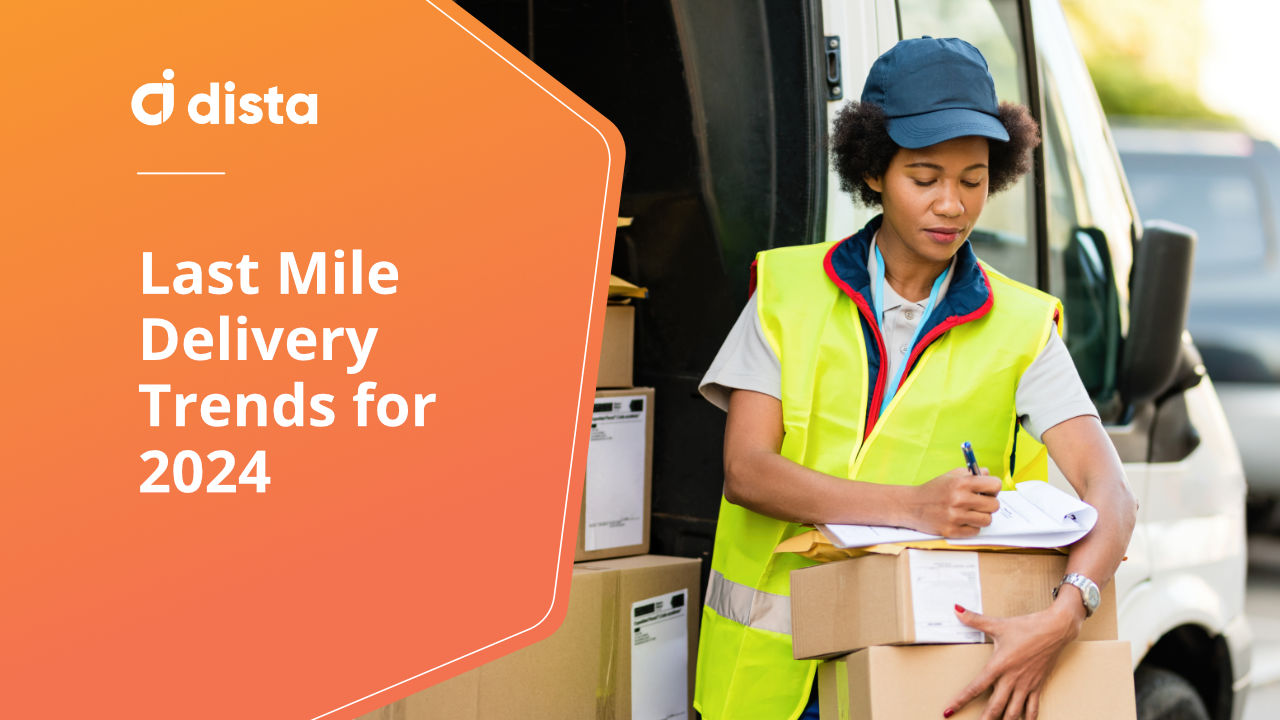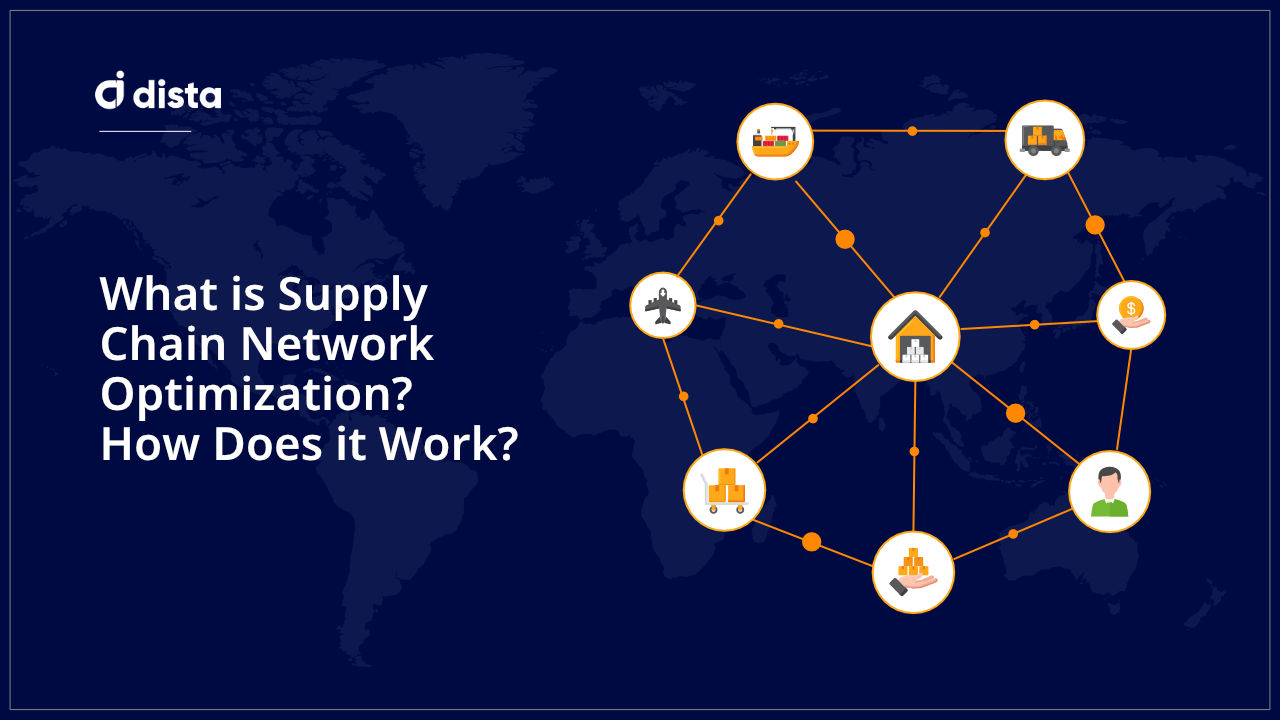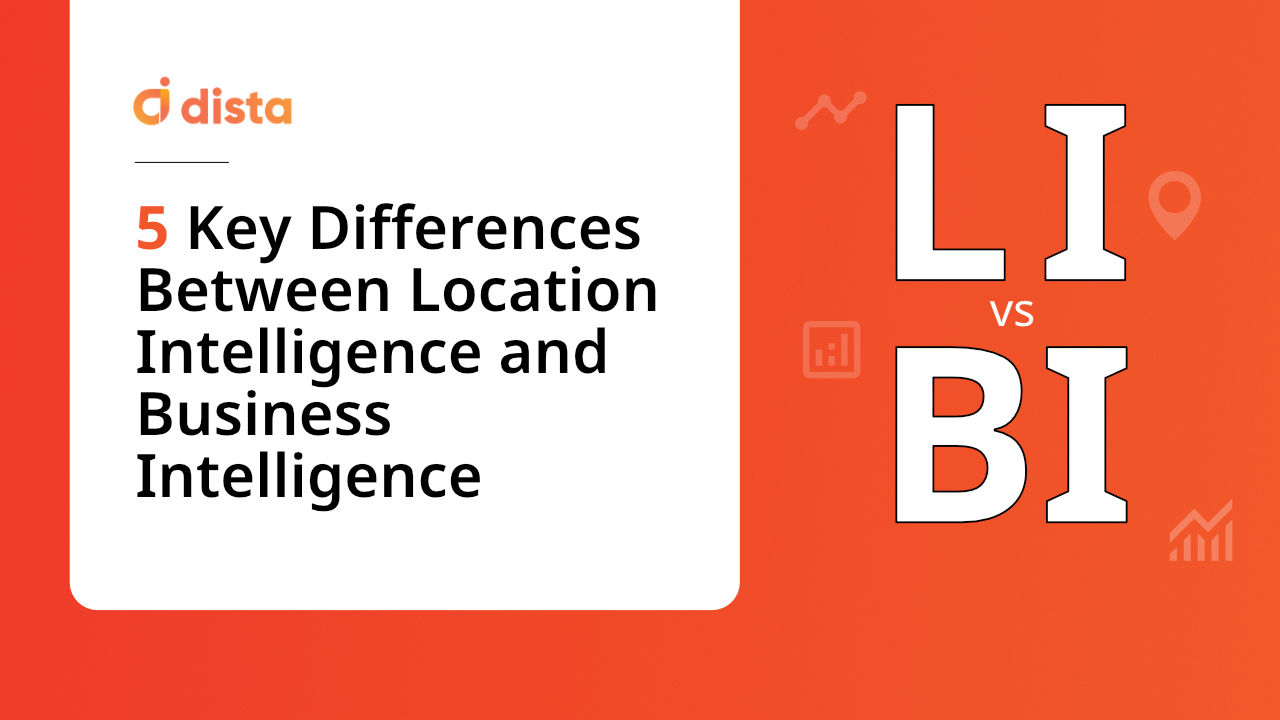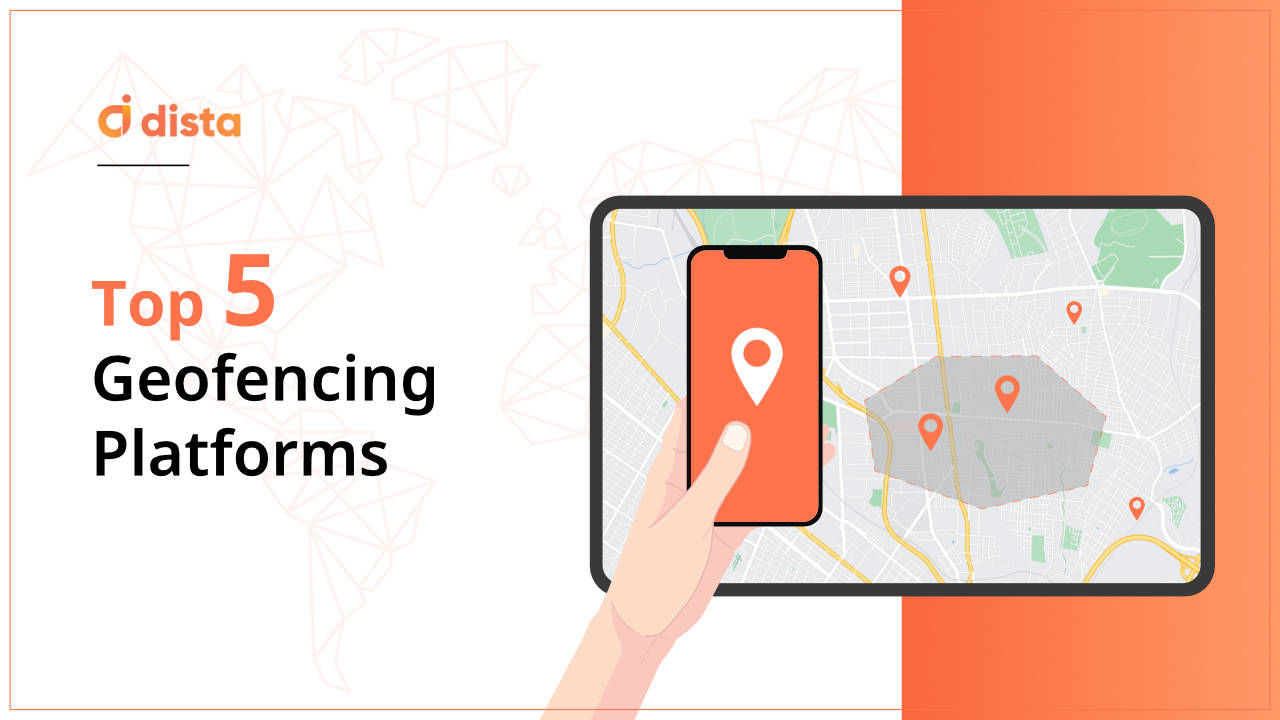Last mile delivery management system is a core component for defining the success of consumer goods (CPG), retail, or e-commerce business. By 2024, half of existing supply chain organizations will invest in applications that support advanced analytics and AI capabilities, according to a Gartner report.
An efficient and compact last-mile delivery operation is at the heart of a successful business. Delivery management excellence will be a significant factor in determining operational efficiency, customer satisfaction, and profitability.
We have put together key last-mile delivery trends that organizations are most likely to adopt in 2024.
Key Last Mile Delivery Trends for 2024
Here are critical last mile delivery trends you need to keep an eye out for in 2024.
1. Rapid Adoption of Generative AI
The generative AI logistics market is expected to hit USD 13,948 million by 2032, according to a study by Global Research. Several industries are leveraging generative AI-enabled technologies to optimize business processes and enhance operations.
Businesses that handle massive logistics are expected to see a surge in generative AI adoption to enhance deliveries and optimize resources. 55% of business professionals confirmed their companies have already integrated AI technologies to streamline their operations, as per a McKinsey report.
Businesses can leverage generative AI to forecast supply chain disruptions. The technology helps predict likelihood of deliveries and also analyze reasons behind unfulfilled deliveries. Generative AI provides comprehensive logistics solutions to streamline complex operations. Inventory management, delivery routing, resource allocation, are just a few examples for optimization.
It can generate extensive expense reports, delivery reports, and different types of logistics operations reports. Companies can become more adaptive and responsive to address challenges in an ever evolving dynamic logistics landscape by leveraging generative AI.
2. Quick Commerce
The increasing consumer demand for ‘faster deliveries’ has resulted in e-commerce giants focusing more on logistics services. The quick commerce market size is expected to hit USD 602.8 billion by 2032. E-commerce companies are aiming to achieve faster delivery SLAs with a network of highly optimized chain of micro fulfillment centers.
Customers today expect instant deliveries and next day deliveries facilitated by e-commerce giants. Even CPG and food and beverage companies enable hyperlocal deliveries with a quick turnaround time of just 30 minutes for essential products.
3. Sustainable Delivery
There has been a gradual increase in customers becoming more conscious and aware of their ordering habits. Some items can be delivered later, and some customers get them delivered when they need them.
Typically, the fastest options usually aren’t the most sustainable ones. Several organizations are taking adequate measures to reduce the carbon footprint of a delivery. Some even use reusable packaging to support sustainability, among other conscious efforts.
4. Contactless Delivery
According to a Salesforce survey, close to 40% of U.S. consumers prefer contactless delivery due to safety concerns. Delivery executives are exploring different ways to maintain safety and continue to offer a good customer experience.
Last-mile delivery firms have embraced automated delivery processes via digital solutions like Electronic Proof of Delivery software (e-POD) and digital payments to minimize physical contact. Companies should continue focusing on contactless delivery to ensure complete safety for delivery agents and customers.
5. Drones and Delivery Bots
Several retailers are looking to experiment with robotic deliveries via various options like drones, robots, self-driving vehicles, and autonomous delivery bots. Tech giants are investing in technologies and digital solutions that help simplify delivery management processes and speed up operations.
Few companies are also pursuing the delivery bot solution for last-mile deliveries, while others are embracing autonomous robot delivery providers. However, the new-age delivery solutions will need approval from local governments and undergo regulations before they can be used.
6. Increase in Urban Warehouses
As customers demand same-day deliveries, e-commerce companies must build warehouses and hubs closer to the city. It has become essential to take advantage of the urban warehouse space for instant access to products for fast customer deliveries. This reduces transit time and makes access to delivery agents and laborers easier.
With fewer people visiting physical stores, more retailers are using them as micro-fulfillment centers and delivering orders from the store.
7. Insourcing Last Mile Deliveries
Several companies are using their vehicles for last-mile delivery instead of outsourcing them. Some of them are also developing their local delivery services by using their fleet of vehicles or a hybrid fleet to fulfill deliveries.
Due to the sudden spike in last-mile deliveries, e-commerce firms are increasing adoption of using their trucks for local deliveries. However, several companies need to rely on outsourced delivery services.
8. Location Intelligence-based Tracking
Retailers and logistic companies are embracing technologies like location intelligence to enhance operations. An efficient delivery management software tracks and provides live ETAs for logistics and shipping to improve last-mile delivery efficiency. It enhances transparency for delivery operations with active vehicle tracking, order tracking, and provides real-time task updates.
Key features of a comprehensive delivery management software includes real-time tracking, route optimization, and map-based visibility, helping streamline deliveries and fleet management operations.
9. Faster Fulfillment
A McKinsey report says that millennial consumers are willing to pay up to 30% premium for same-day and guaranteed delivery. As consumers seek faster fulfillment, it has become essential for shippers to move products quickly and focus on logistics. Faster processing of shipments has become the latest norm, thereby adding pressure on delivery planning.
10. Omnichannel Retailing
The global retail omnichannel market is projected to hit USD 27.7 billion by 2030 according to a MarketsandMarkets report. Omnichannel retailing is a model where businesses integrate multiple sales and media channels to provide seamless shopping experiences to their consumers. With omnichannel retailing, customers can browse and compare prices on mobile devices, followed by a visit to a retail shop to finalize the purchase. This process simplifies the customer’s buying journey.
Instead of pushing customers to jump across multiple channels, omnichannel retailing enables them to stay on a single track, incorporating all other media and data. Businesses can improve cost and delivery time by investing in omnichannel capabilities. Therefore, in 2024, supply chain organizations will witness a global surge in the adoption of omnichannel retailing.
11. Utilize Predictive Logistics
Retailers can assess the demand surge for specific products to optimize their last-mile delivery using AI/ML-based systems data analytics. Predictive logistics provides forecasts by analyzing historical data, real-time updates, and location intelligence to predict customer demand, calculate delivery times, and assess potential supply chain disruptions.
Retailers can avoid the surge in the cost of shipping and reduce transit time as products are delivered close to the demand surge. All this is possible using a robust dispatch management system to supercharge last-mile delivery.
Final Thoughts
The last mile delivery is maturing, and the couriers, shippers and 3PLs need to stay on top of impactful last mile trends for long term success. These trends are driven by technological revolutions and advancements and changing consumer expectations.
Therefore, organizations need to evolve and be dynamic so they can take advantage of the trends that will define 2024.
Learn how you can leverage our dispatch management software to supercharge your last-mile delivery using the power of location intelligence.












